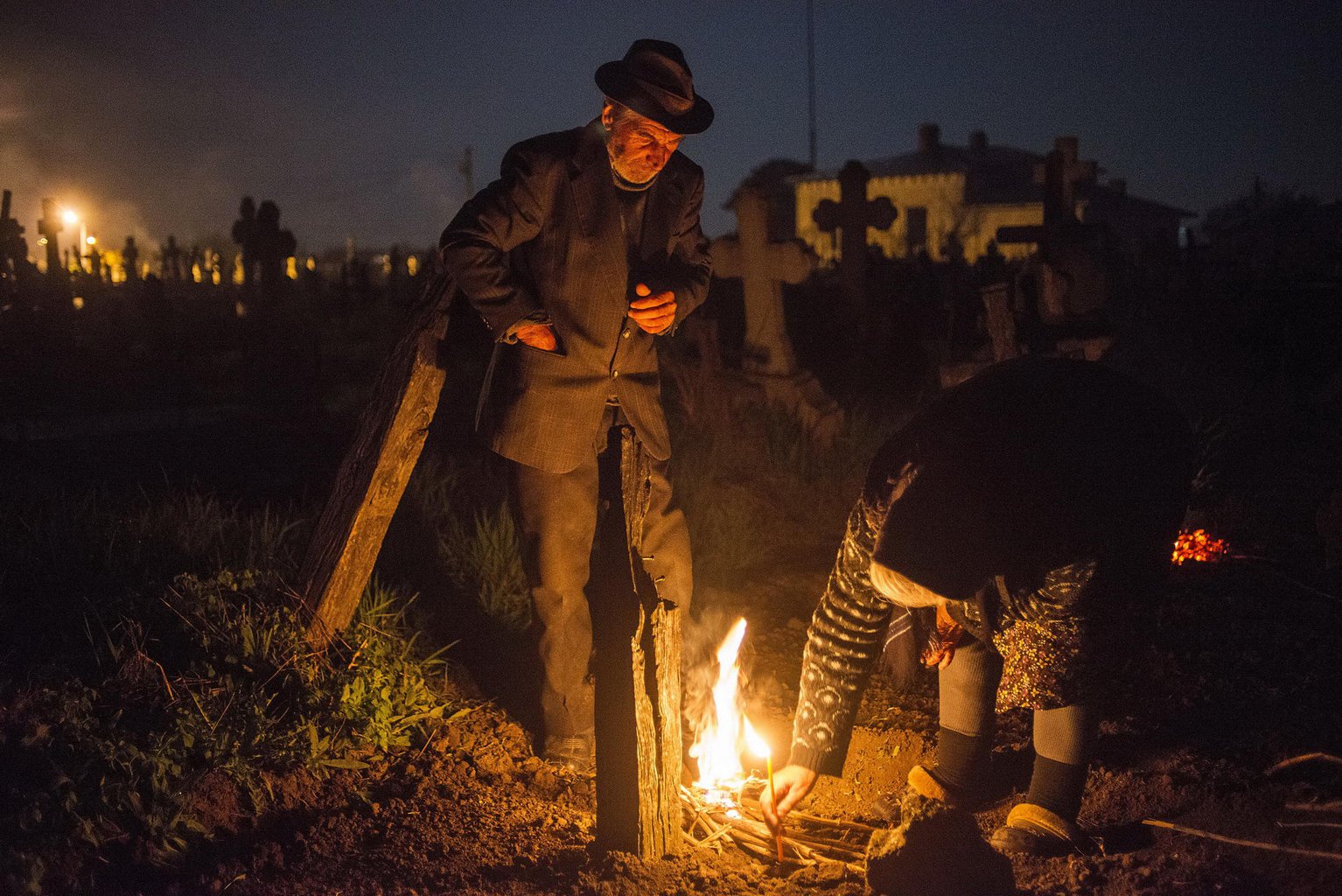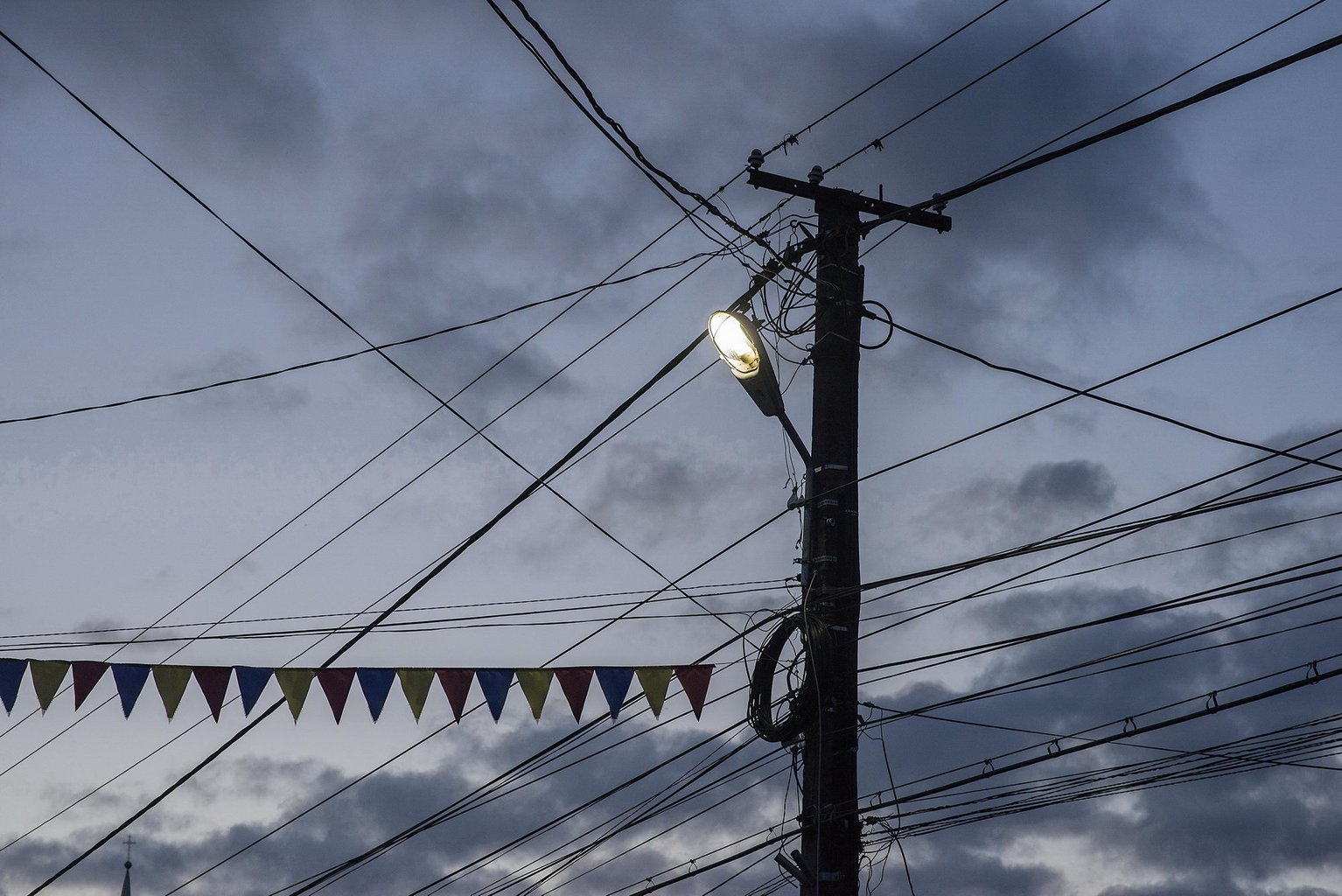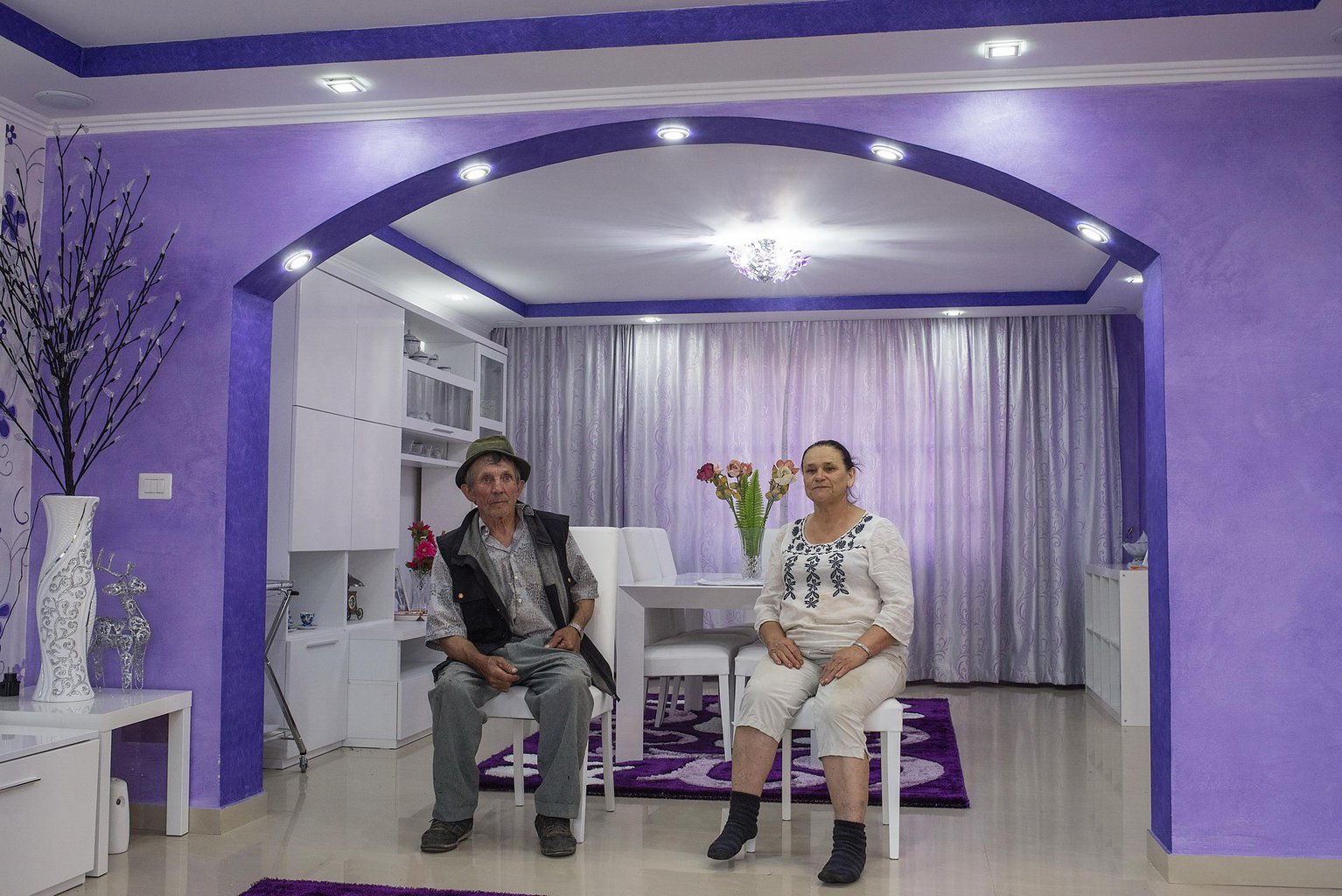Now part of west Romania, Timisoara was the first city in Europe to have electric street lights in 1884, when over 700 incandescent lamps using coal were set out over 59 kilometres of its road network. Yet this proud heritage of illumination has not been sustained, as today in Romania around 100,000 households still lack electricity. This means roughly half a million people are without light in their home. Another problem is that the country sees more than 30,000 light bulbs thrown away each year without being recycled. Such bulbs contain mercury, which means 55 kilograms of this toxic element are deposited in the ground annually.
Following an invitation from the NGO, Recolamp, I realized a portrait of Romania after dark, which is now available as a book of photographs, ‘When the Night has Come and the Land is Dark’. I have been traveling all over Romania, watching what happens after the sun goes down, seeing how the presence or absence of electric light shapes the activity and livelihoods of the people, and how access to electricity is an indication of social status. After dark, the rural areas of Romania, often the poorest in the country, recede into a silent black hole. But this is also the time when those at the seaside or in the capital prepare to go out. Entertainment illuminates their lives, but like a predator, its glow attracts consumers to spend more and more.
Opening photo: Car lights in Breb Village, Maramures county. All pictures copyright Petrut Calinescu
Project made with the support of NGO Recolamp.





























